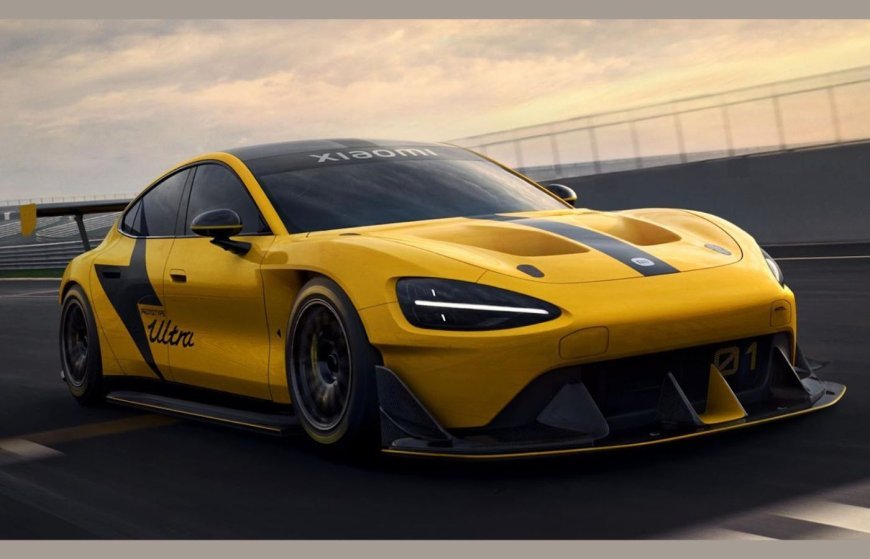The Rapid Rise of the EV Industry: 15 Powerful Insights Driving Growth in 2025

Introduction
The electric vehicle (EV) industry is no longer just the future — it’s the present. With growing awareness of climate change, government incentives, technological breakthroughs, and increasing fuel costs, the world is rapidly shifting gears toward electric mobility. In 2025, the EV industry is witnessing unprecedented momentum, making it one of the most promising and fastest-growing sectors globally.
This article explores 15 powerful insights that are driving the continuous rise of the EV industry in India and around the world, from innovation and policy support to infrastructure expansion and changing consumer behavior.
1. What Is Fueling the Growth of the EV Industry?
Environmental Awareness and Climate Goals
Concerns about pollution, greenhouse gas emissions, and fossil fuel dependency have led governments and individuals to embrace cleaner alternatives. EVs produce zero tailpipe emissions, making them a key component in reducing urban air pollution and meeting international climate agreements like the Paris Accord.
Supportive Government Policies
From tax rebates to subsidized vehicle prices and toll exemptions, central and state governments in India are offering aggressive incentives to accelerate EV adoption. The Faster Adoption and Manufacturing of Electric Vehicles (FAME-II) scheme is a cornerstone policy that has helped subsidize EVs across categories.
2. Key Market Players and Their Innovations
Tesla, Tata Motors, and BYD
Global giants like Tesla and BYD are leading with innovation, range, and battery efficiency. In India, Tata Motors dominates the EV space with models like the Nexon EV and Tiago EV. These players are investing heavily in R&D to make EVs more affordable and efficient.
Startups Shaping the Future
Indian startups like Ola Electric, Ather Energy, and Bounce Infinity are playing a crucial role in democratizing EV access with smart scooters and battery-swapping solutions.
3. EV Sales Trends in India and Globally
Domestic Market Projections
EV sales in India crossed the 1.5 million mark in 2024, and projections for 2025 are even more optimistic. Electric two-wheelers account for the majority of these sales, followed by three-wheelers and passenger vehicles.
Global Outlook and Comparisons
China leads the global EV race, with Europe and the U.S. catching up quickly. India is positioned to be the third-largest EV market by 2030, driven by its massive population and policy push.
4. Role of Battery Technology in Industry Growth
LFP vs NMC Batteries
Lithium Iron Phosphate (LFP) batteries are gaining popularity due to their longer life cycles and thermal stability. Nickel Manganese Cobalt (NMC) batteries, on the other hand, offer higher energy density — ideal for long-range EVs.
Advancements in Solid-State Batteries
Solid-state batteries promise faster charging, higher range, and enhanced safety. Companies like Toyota and QuantumScape are investing in this technology, which could revolutionize EV performance in the next 5 years.
5. Expansion of EV Charging Infrastructure
EV Charging Stations in India
India has significantly ramped up the deployment of public and private EV chargers. Delhi, Bangalore, and Mumbai are leading the charge with dense charging networks in urban hubs. Government initiatives aim to install over 1 million EV chargers by 2030.
How to Find Charging Stations Nearby
Users can now easily find charging stations using apps like Google Maps, PlugShare, and dedicated platforms such as AllAboutEVs. These tools provide real-time information on availability, connector type, and pricing, making EV travel more convenient than ever.
6. Urban and Rural EV Adoption Trends
Tier-2 and Tier-3 City Growth
Smaller cities are now seeing increased EV adoption thanks to improved infrastructure and affordable models. State-specific incentives and EV-friendly policies are further accelerating this trend.
Use Cases in Rural Logistics
EVs are being used for last-mile delivery, agriculture, and rural healthcare services, thanks to their low running costs and minimal maintenance.
7. Role of Government Schemes and Incentives
FAME II and State Policies
FAME-II has been instrumental in lowering EV costs and increasing consumer confidence. Additionally, states like Delhi, Maharashtra, and Tamil Nadu have rolled out their own EV policies, offering extra subsidies and tax benefits.
Subsidies for Consumers and Manufacturers
OEMs receive incentives to localize battery production and assembly lines, while consumers enjoy reduced registration fees and road taxes on EV purchases.
8. Challenges the EV Industry Faces
Range Anxiety and Infrastructure Gaps
Despite progress, many potential buyers worry about running out of charge. Expanding the network of chargers and improving battery range are key to addressing this.
Battery Disposal and Environmental Risks
Battery recycling is still an emerging field in India. Efficient e-waste handling systems are needed to prevent environmental hazards.
9. The Two-Wheeler EV Revolution in India
Top Budget EV Scooters
Models like Ola S1, Ather 450X, and TVS iQube are leading the market with affordable pricing, performance, and smart features.
Impact on Urban Mobility
Electric scooters are reducing traffic congestion and emissions in Indian cities, proving essential for short-distance daily travel.
10. Commercial EVs: The Growing Fleet Sector
Buses, Delivery Vans, and Taxis
Fleet operators are switching to EVs to lower operational costs and meet green mandates. Companies like BluSmart and Amazon India are adopting EVs for logistics and ride-hailing.
Corporate Sustainability Goals
Going electric is now a part of ESG (Environmental, Social, Governance) strategies for corporations, with many pledging carbon neutrality.
11. The Rise of EV Financing and Subscriptions
Leasing Models
Leasing EVs is becoming popular among consumers who want flexibility without long-term ownership commitments.
EV as a Service (EVaaS)
Startups offer subscription-based EV usage with maintenance, insurance, and charging access bundled, making adoption easier for businesses and individuals.
12. EV Education and Skill Development
Technician Training Programs
As the EV market grows, there is increasing demand for trained technicians. Government and private institutes are launching certification courses for EV maintenance and diagnostics.
EV Design and Engineering Courses
Top engineering colleges now offer electives focused on EV design, battery tech, and sustainable mobility.
13. The Role of Tech Giants in EV Growth
Google, Apple, and Amazon’s EV Initiatives
These companies are either developing EVs or investing in smart vehicle technology, AI-based navigation, and in-car systems.
EV-Integrated Smart Ecosystems
The integration of EVs into IoT-based ecosystems allows for smart charging, energy monitoring, and predictive maintenance.
14. Compare EV Models: Why It Matters
Tools That Help Compare EVs
Platforms like AllAboutEVs offer a dedicated Compare EV tool, allowing users to evaluate specifications, prices, range, and features side by side.
User Experience and Purchase Decisions
By making informed comparisons, users can find the EV that fits their budget and lifestyle, boosting confidence and satisfaction.
15. Future Outlook for the EV Industry
Predictions for 2030 and Beyond
Experts predict that by 2030, 40% of new vehicle sales in India will be electric. The rise of battery swapping, ultra-fast charging, and affordable EVs will further push adoption.
Global Trends Shaping India's EV Roadmap
India is aligning with global trends like zero-emission zones, EV mandates, and smart mobility to ensure a sustainable transportation future.
For those looking to switch, platforms like AllAboutEVs help you compare EV models and find charging stations, making the transition smooth, smart, and sustainable.
FAQs
Q1. How can I find charging stations for my EV in India?
You can use platforms like AllAboutEVs, PlugShare, and Google Maps to locate EV charging stations near you.
Q2. Are EVs cheaper to maintain than petrol vehicles?
Yes. EVs have fewer moving parts, lower fuel costs, and require minimal servicing compared to ICE vehicles.
Q3. Is India ready for mass EV adoption?
India is rapidly building charging infrastructure and offering subsidies, but rural and tier-3 cities still need more support.
Q4. What are the top EVs under ₹15 lakh in India?
Tata Tiago EV, Citroen eC3, and MG Comet EV are among the most affordable options in 2025.
Q5. How long does it take to charge an EV?
Fast chargers can charge 80% in under 60 minutes, while slow chargers may take 6–8 hours.
Q6. Can I install an EV charger at home?
Yes. Most EV manufacturers provide home charger installation with the vehicle purchase.
What's Your Reaction?






























































